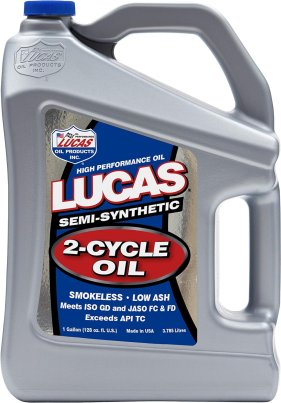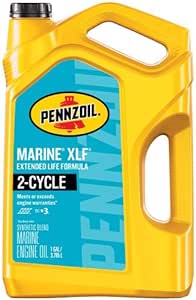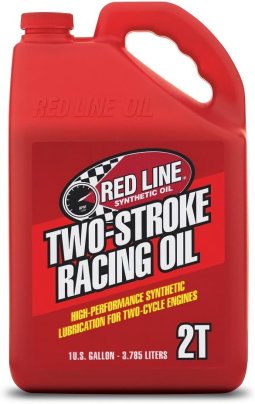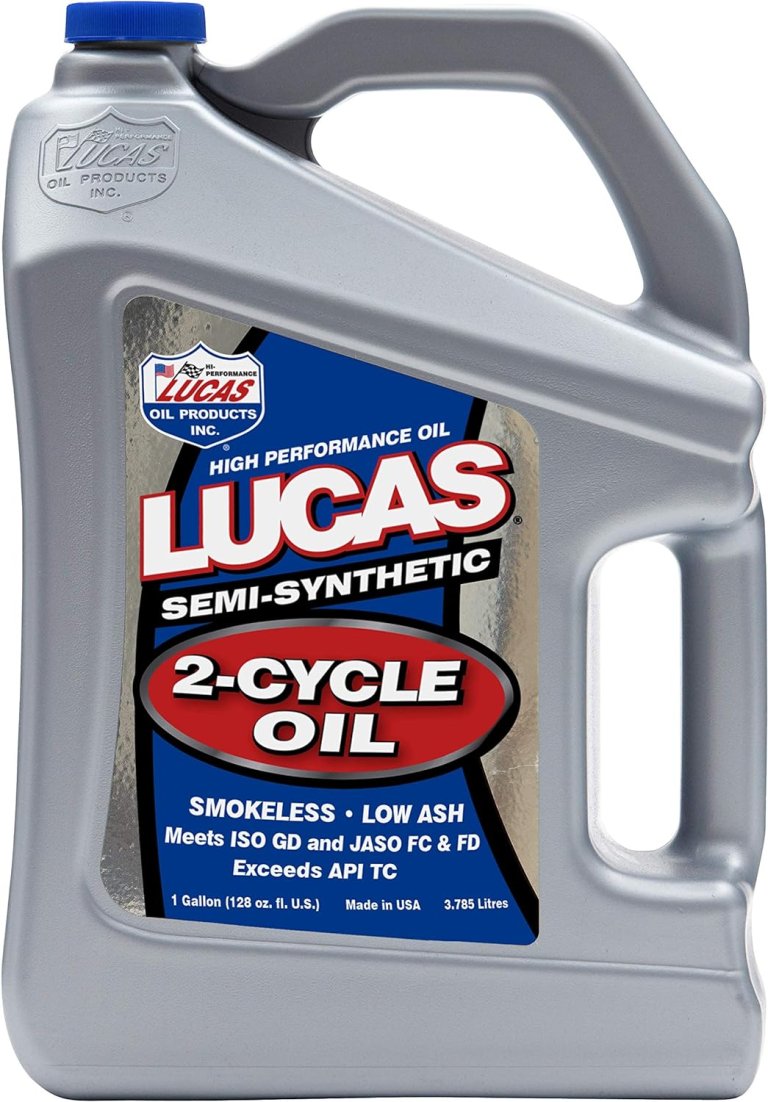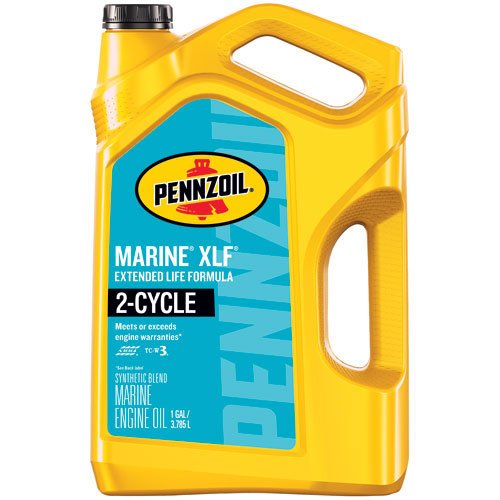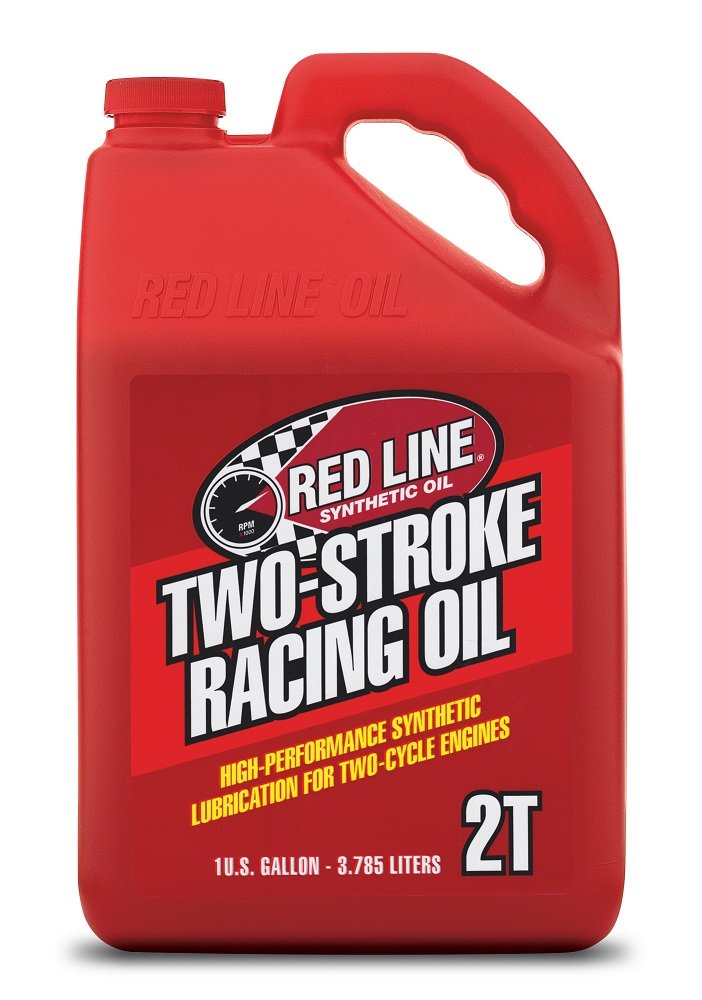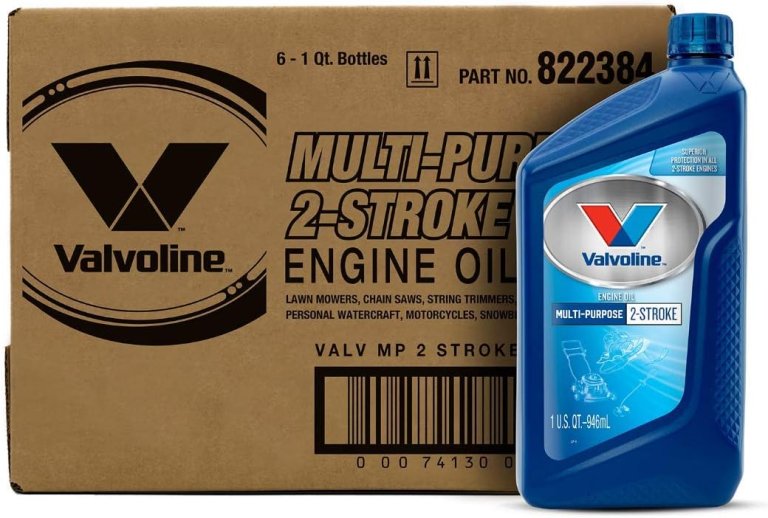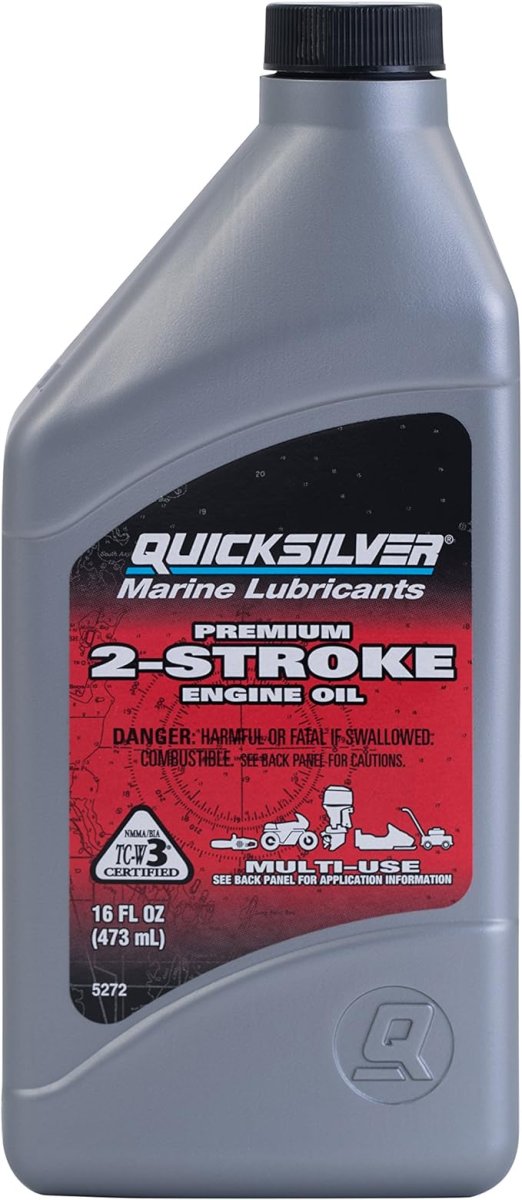We may earn revenue from the products available on this page and participate in affiliate programs. Learn more ›
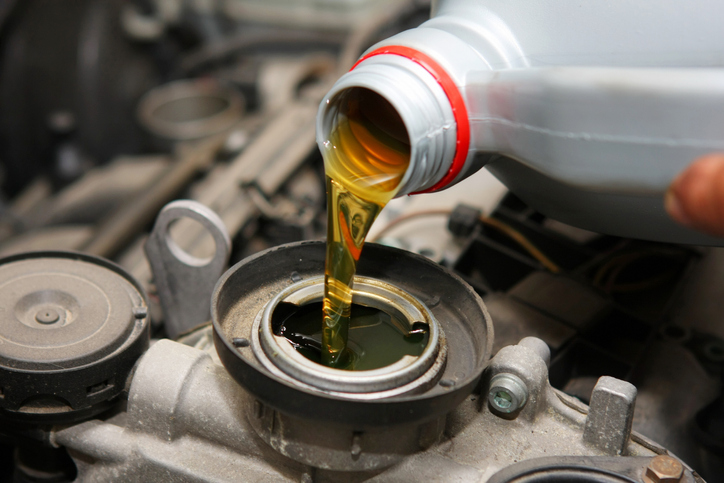
Who doesn’t love 2-stroke engines? They’re vicious, tight-winding, overpowered, smoke-breathing monsters that gearheads can’t get enough of. Even if modern emission standards and outstanding 4-stroke alternatives render them outdated, they’re a blast to play around with. Power isn’t all there is to love about 2-stroke engines. Their ability to run in virtually any position and deliver instant power makes them a premier choice for powersports and gas-powered equipment. The only catch is that you need to mix the right oil into the fuel. You need to take the time to figure out which oil is best for your machine, not just your wallet. That’s what The Drive’s team of 2-stroke nuts are here to help you with.
Summary List
Best Overall: Lucas Oil Semi-Synthetic 2-Cycle Oil
Best Value: Pennzoil Marine XLF 2-Cycle Oil
Honorable Mention: Red Line 2-Stroke Race Oil
Best Multi-Pack: Valvoline 2-Cycle Multi-Purpose TCW-3 Motor Oil
Best Versatility: Quicksilver Premium 2-Stroke Engine Oil
Our Methodology
2-stroke oils are simple and something our team has plenty of experience with. In fact, some of us have been using it since early childhood when mixing gas for our dirt bikes. Still, that doesn’t mean we’re the sole source of information. While experience helped with selection, homework was done to ensure sound recommendations are made here.
Best Two-Stroke Oils Reviews & Recommendations
Best Overall
Lucas Oil Semi-Synthetic 2-Cycle Oil
Check Latest PriceBest Value
Pennzoil Marine XLF 2-Cycle Oil
Check Latest PriceHonorable Mention
Red Line 2-Stroke Race Oil
Check Latest PriceBest Case
Valvoline 2-Cycle Multi-Purpose TCW-3 Motor Oil
Check Latest PriceBest Versatility
Quicksilver Premium 2-Stroke Engine Oil
Check Latest PriceOur Verdict
Our top pick for the best 2-stroke oil is the Lucas Oil Semi-Synthetic 2-Cycle Oil. It comes in a wide range of different sizes and works well in a number of different 2-stroke engines.
If you’re looking for our best value pick, check out the Pennzoil Marine XLF 2-Cycle Oil. It features a smooth formulation that works especially well in boat engines.
What to Consider When Buying Two-Stroke Oil
While the list above is stacked with solid recommendations, you might not agree with them. Or maybe you just want to make an educated decision. That’s what this buying guide is here to help you do.
Key Features
Synthetic Oil vs. Natural Mineral Oil
There are many differences between synthetic and natural mineral oil. Natural mineral oil is derived from the environment, taken out of processed crude oil. Synthetic oil uses mineral oil as a base with synthetic additives such as stabilizers and detergents to help produce lower emissions and deeper piston cleanliness. Today, many oil manufacturers are constantly innovating and experimenting with different additives and octane enhancers for optimal performance.
Certification
Look for oils with ISO-I-EGD or Jaso FD certification. This certification ensures your oil has passed several protocols related to piston cleanliness and detergent effect. Jaso FD, passed by the Japanese Automotive Standards Organization (JASO), also covers an exhaustive list of protocols, including but not limited to exhaust smoke output, lubricity, and exhaust system blocking.
The cheaper 2-stroke oils will tend to carry API-TC standards. However, this is a far less stringent standard and is rarely used today compared to ISO-I-EGD and Jaso FD, so choose accordingly.
Single or Multi-Pack Options
2-stroke oils generally come in single container or multi-pack options. Expect to save a bit when purchasing as a bundle with a lower cost per ounce.
Two-Stroke Oil Pricing
Most 2-stroke oils are priced similarly. A single quart shouldn’t cost any more than $15, with most selling for less than $10. Gallons often to sell for $30-$40, with some premium options going for as much as double that. If you’re buying a multipack, the quantity will heavily influence what you can expect to pay. That said, quantity is a big factor in 2-stroke oil pricing, but quality and composition also have an impact.
FAQs
The two different types of 2-stroke oils are petroleum-based oils and full synthetic oils. However, recent years have seen formulations that mix both petroleum-based and synthetic oils. Petroleum-based -stroke oils derive from fossil fuels and synthetic 2-stroke oil is made using a mix of mineral oil and additives, such as detergents and stabilizers to burn better and emit little to no smoke.
Yes, 2-stroke oil is also referred to as 2-cycle oil or 2-T oil.
We recommend a 50:1, 25:1, or 40:1 premix of oil/gas. Be sure to find an outboard motor-compatible 2-stroke oil with certification from the National Marine Manufacturers Association (NMMA).
The difference between 2-stroke and 4-stroke engines lies in the number of times a piston moves up and down per combustion cycle. In a 2-stroke engine, the piston moves up and down one time per combustion cycle without the use of intake or exhaust valves. In a four-stroke engine, the piston moves up and down two times per combustion cycle intake or exhaust valve activity, resulting in slightly less power. 2-stroke engines also run on gasoline with oil mixed in, as opposed to four-stroke engines which run on gas without any oil mixed in.
